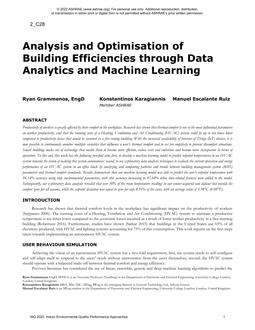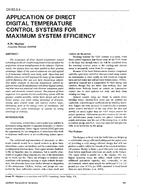Nashville has expanded its solid waste fired district heating and cooling system to keep pace with the dynamic growth of the downtown area of the city which it serves.
A $36 million expansion was completed in 1986 to provide steam and chilled water service to the new downtown convention center and hotel, new financial center plus several major new and existing office buildings. The waste-to-energy plant heats and cools approximately 7.5 million square feet (0.7 million square meter) of public and private buildings. 92.5% of the energy produced by the plant since its beginning in 1974 has been generated from the consumption of more than 1.6 million tons (1.45 million metric tons) of municipal solid waste.
Cogeneration of electricity was included in the expansion to fully utilize the facility’s 1120 tons/day (1016 tpd) waste burning capacity. A 7.3 MW steam turbine generator produces power for sale to the regional utility. The new 400 tons/day (363 tpd) mass burning, waterwall incinerator-boiler incorporates the latest developments in waste combustion technology (McNertney et al. 1986), several of which were first demonstrated as modifications to the original Nashville units.
Chilling plant capacity was doubled to a total of 27,000 tons of refrigeration by the addition of two steam turbine-driven centrifugal chillers. The distribution system was e~pandedby more than 7150 linear feet (2179 m) to a system total now of approximately 4.2 miles (6.8 km). The distribution piping is in a tunnel 8.5 ft (2.6 m) in diameter bored through limestone rock.
Units: Dual
Citation: Symposium, ASHRAE Transactions, 1987, vol. 93, pt. 1, New York, NY
Product Details
- Published:
- 1987
- Number of Pages:
- 10
- File Size:
- 1 file , 1.6 MB
- Product Code(s):
- D-NY-87-23-3


